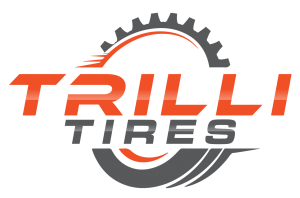Brakes
our brake service includes
- Brake shoe or brake pad replacement
- Brake rotor and drum replacement
- Flushing or exchange of brake fluid
- Leakage in brake lines
- Diagnostics for brake light
What’s included in a brake job depends on where each part is in its lifecycle. You may need to replace your brake pads with new rotors. Some brake services must be performed on both the front and back wheels of an axle. Multiple systems in your vehicle are intended to ensure that the parts of your vehicle match each other.
An inspection of brakes should include checking all connectors and brake parts, dashboard lights, brake lights, brake fluid condition, and hydraulic pressure through the lines.
Here are some of the signs and symptoms drivers can experience that indicate failing brakes. Please note that your brakes are one of the main safety features of your vehicle and must be serviced and repaired immediately.
- Warnings or dashboard lights - Check Engine, ABS, or BRAKE lights may be a sign of brake problems.
- Any fluid leakage in brake fluid should be investigated. Brake trouble is characterized by a slow or unresponsive brake pedal.
- Are you hearing any new noises when braking? Inspect the brake pads as well as the rotors. Hissing sounds? You may have a problem with your brake fluid.
- Brake braking vibrations or shaking can indicate warped rotors. A pulsing pedal could simply be your ABS working.
- Soft brakes Spongy brakes - Spongy braking indicates a problem with your brake fluid lines or brake shoes.
- Brute brakes can be caused by contaminants in the brake fluid, a poor seal on the master cylinder, or a brake booster.
- If your engine is stalling or misfiring, it could be due to a bad power brake booster.
- Vehicle pulling to one side during braking - This could be due to faulty brake hardware, or an uneven hydraulic problem.
book your appointment today
For Brakes
Frequently Asked Questions
An Anti-lock brake system (ABS) can help drivers steer in emergency situations by restoring traction to their tires. It prevents wheels from locking up, possibly allowing the driver to steer safely.
Most professionals and mechanics recommend that both brake components be replaced simultaneously. However, if the brake pads aren’t wearing as quickly, the owner might be able to replace them separately.
In addition to improving the efficiency of maintenance, you can replace both brake pads as well as rotors to increase your vehicle’s performance and longevity.
Excessive heat is one of the leading causes of warped brake drums. The friction created by the brake pads and the brake pedal pressing down on the rotor creates heat which can cause the rotors to warp. Hard braking is another common cause of warped rotors.
Your car’s brake caliper houses the brake pads and pistons. It’s responsible for slowing down the car’s wheels through friction with the brakes. To stop the wheel turning when you apply the brakes, the brake caliper acts as a clamp to the wheel’s rotor.
